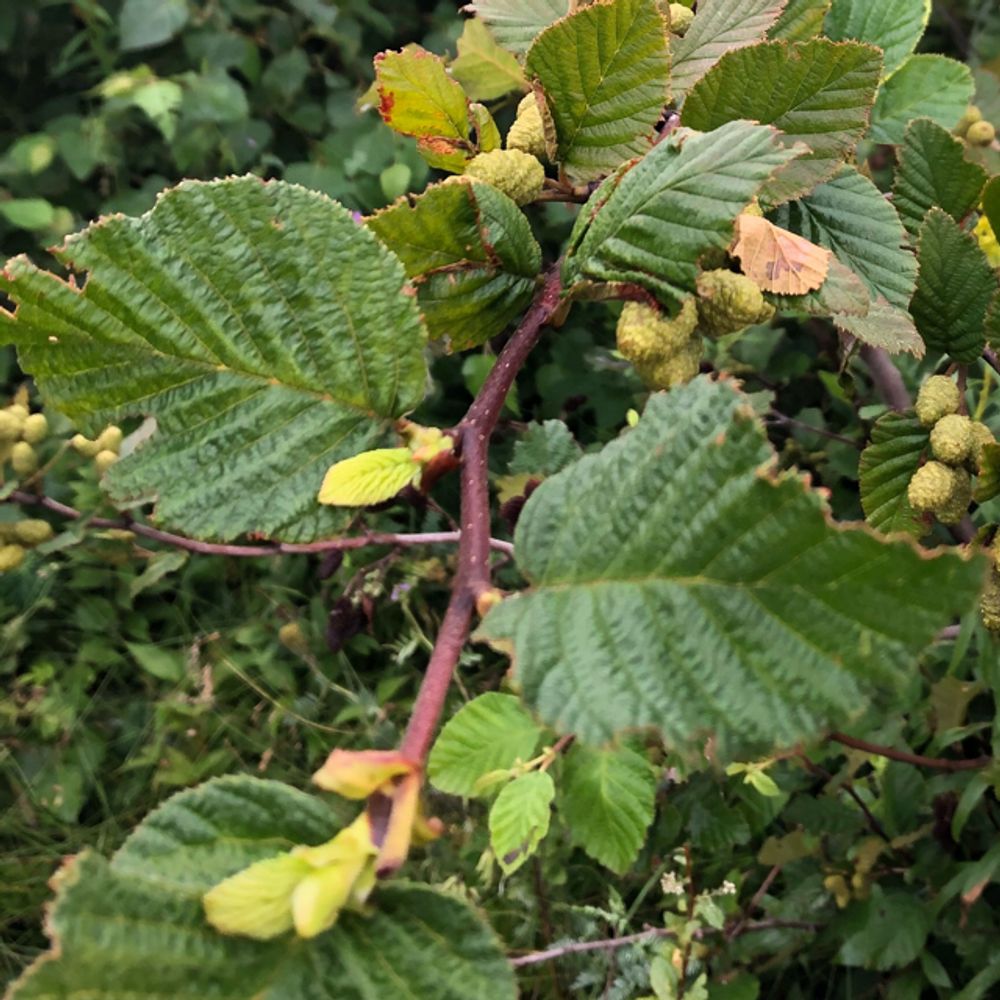Hazel tree
(Corylus)

Description
The hazel (Corylus) is a genus of deciduous trees and large shrubs native to the temperate Northern Hemisphere. The genus is usually placed in the birch family Betulaceae, though some botanists split the hazels (with the hornbeams and allied genera) into a separate family Corylaceae. The fruit of the hazel is the hazelnut. Hazels have simple, rounded leaves with double-serrate margins. The flowers are produced very early in spring before the leaves, and are monoecious, with single-sex catkins. The male catkins are pale yellow and 5–12 centimetres (2–4+3⁄4 inches) long, and the female ones are very small and largely concealed in the buds, with only the bright-red, 1-to-3 mm-long styles visible. The fruits are nuts 1–2.5 cm (1⁄2–1 in) long and 1–2 cm diameter, surrounded by an involucre (husk) which partly to fully encloses the nut. The shape and structure of the involucre, and also the growth habit (whether a tree or a suckering shrub), are important in the identification of the different species of hazel. The pollen of hazel species, which are often the cause for allergies in late winter or early spring, can be identified under magnification (600×) by their characteristic granular exines bearing three conspicuous pores. Corylus has 14–18 species. The circumscription of species in eastern Asia is disputed, with WCSP and the Flora of China differing in which taxa are accepted; within this region, only those taxa accepted by both sources are listed below. The nuts of all hazels are edible. The common hazel is the species most extensively grown for its nuts, followed in importance by the filbert. Nuts are also harvested from the other species, but apart from the filbert, none is of significant commercial importance. A number of cultivars of the common hazel and filbert are grown as ornamental plants in gardens, including forms with contorted stems (C. avellana 'Contorta', popularly known as "Corkscrew hazel" or "Harry Lauder's walking stick" from its gnarled appearance); with weeping branches (C. avellana 'Pendula'); and with purple leaves (C. maxima 'Purpurea'). Hazel is a traditional material used for making wattle, withy fencing, baskets, and the frames of coracle boats. The tree can be coppiced, and regenerating shoots allow for harvests every few years. Hazels are used as food plants by the larvae of various species of Lepidoptera.
Taxonomic tree:







